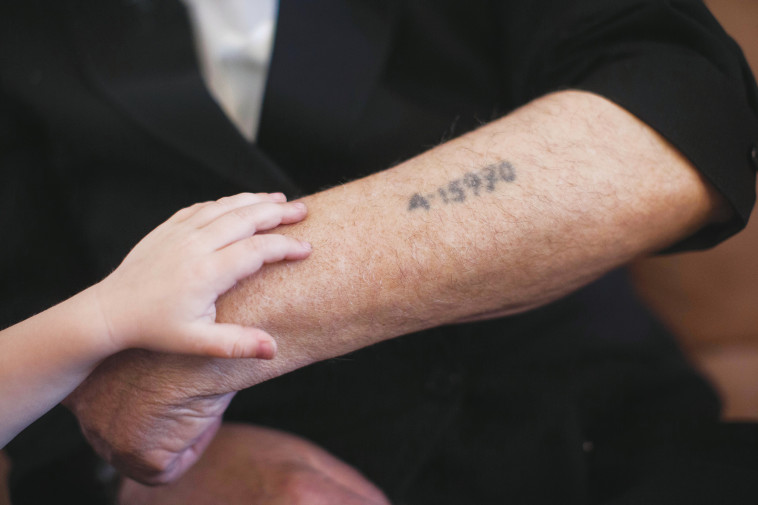Gloomy data: About 17,000 Holocaust survivors died during 2020, of which about 900 were infected with the corona virus. This was reported by the Central Bureau of Statistics, which published data on the occasion of International Holocaust Remembrance Day.
The data also show that about 5,300 Holocaust survivors were infected with the corona virus and the rate of deaths from them was 17%, similar to the Jewish and other population, at the same ages (16%). The rate of Holocaust survivors aged 75 and over was similar to the rate of verified among all Jews and others – 2.77% and 2.84%, respectively. The segmentation also shows that the rate of verified increases with age both among Holocaust survivors and among all Jews and others. Among Holocaust survivors, the verified rate for those aged 95 and over was double that of 84-75.
The CBS noted that towards the end of 2020, the number of people recognized by the Holocaust Survivors’ Rights Authority was about 179,600, of whom about 36,000 are defined as victims of persecution and war. All Holocaust survivors are adults aged 75 and over, of whom about 17% They are over the age of 90.
The average age of Holocaust survivor men was 83.4 years, while that of women was 84. Women constitute about 60% of all Holocaust survivors and men – about 40%. The relative share of women increases with increasing age. 64% of Holocaust survivors are natives of Europe, of whom about 65.3% are from the CIS countries. 21.2% are natives of Romania, 10% are natives of Poland, 4.9% are natives of Bulgaria, 3.2% are natives of Germany and Austria and 7.2% are from other European countries.
The data also show that 11% of those recognized as survivors are natives of Iraq, who were exposed to the Farhud events in June 1941, 16% are Moroccans, and 2% are Algerians who experienced restrictions in various areas of life during the Vichy regime. 40% of the survivors immigrated to Israel in the years 1951-1948 in the first wave of immigration and more than a third in the last wave of immigration in the 1990s.
 Holocaust survivor (Photo: Yonatan Zindel, Flash 90)
Holocaust survivor (Photo: Yonatan Zindel, Flash 90)The data also show that about 5% of the survivors immigrated to Israel before the establishment of the state (in the years 1947-1933) and 31.4% immigrated in the years 1989-1952. About 95% of the survivors live in their urban localities and about 5% in rural localities, similar to the rest of the Jewish and other population.
41% of the survivors, who live in urban localities, live in the large cities with more than 200,000 inhabitants (about 73,000 survivors), with about half of them concentrated in the three major cities – about 12.4 thousand in Haifa, about 11.1 thousand in Jerusalem and about 9.9 thousand in Tel Aviv .
In cities with between 50,000 and 199,000 residents, about a third of the survivors and the rest (about 40.4 thousand) live in smaller urban localities. About 4,900 live in the moshavim and about 2,300 in the kibbutzim. 10% of the survivors live in institutions, compared with 8.6% among Jews and others aged 75 and over.
During 2020, an additional 3,000 Holocaust survivors were recognized. About 35% of the survivors were born during World War II, in the years 1945-1939 and are aged 81-75. An additional 48% of all survivors are aged 89-82 and the rest are over 90.
The data also show that about 850 Holocaust survivors living in Israel at the end of 2020 reached the age of 100 and over, and some of the total survivors accounted for about 0.5%, compared with 0.2% among the total foreign-born population in Israel aged 100 and over. They are men and about two-thirds are women, compared with a smaller gap among all foreign-born persons aged 100 and over in Israel (45% men and 55% women).
In the population of Holocaust survivors of all ages, the rate of marriage is higher than the rate of marriage, while the rate of widows is higher than the rate of widows. About 68% of the survivors were married in 2019, compared to about 25% of the survivors and about 22% were widows compared to about 61% of widows. The CBS noted that these chunks reflect the higher life expectancy of women. According to the Population Registry, in about 21,000 families both spouses are recognized as Holocaust survivors.
